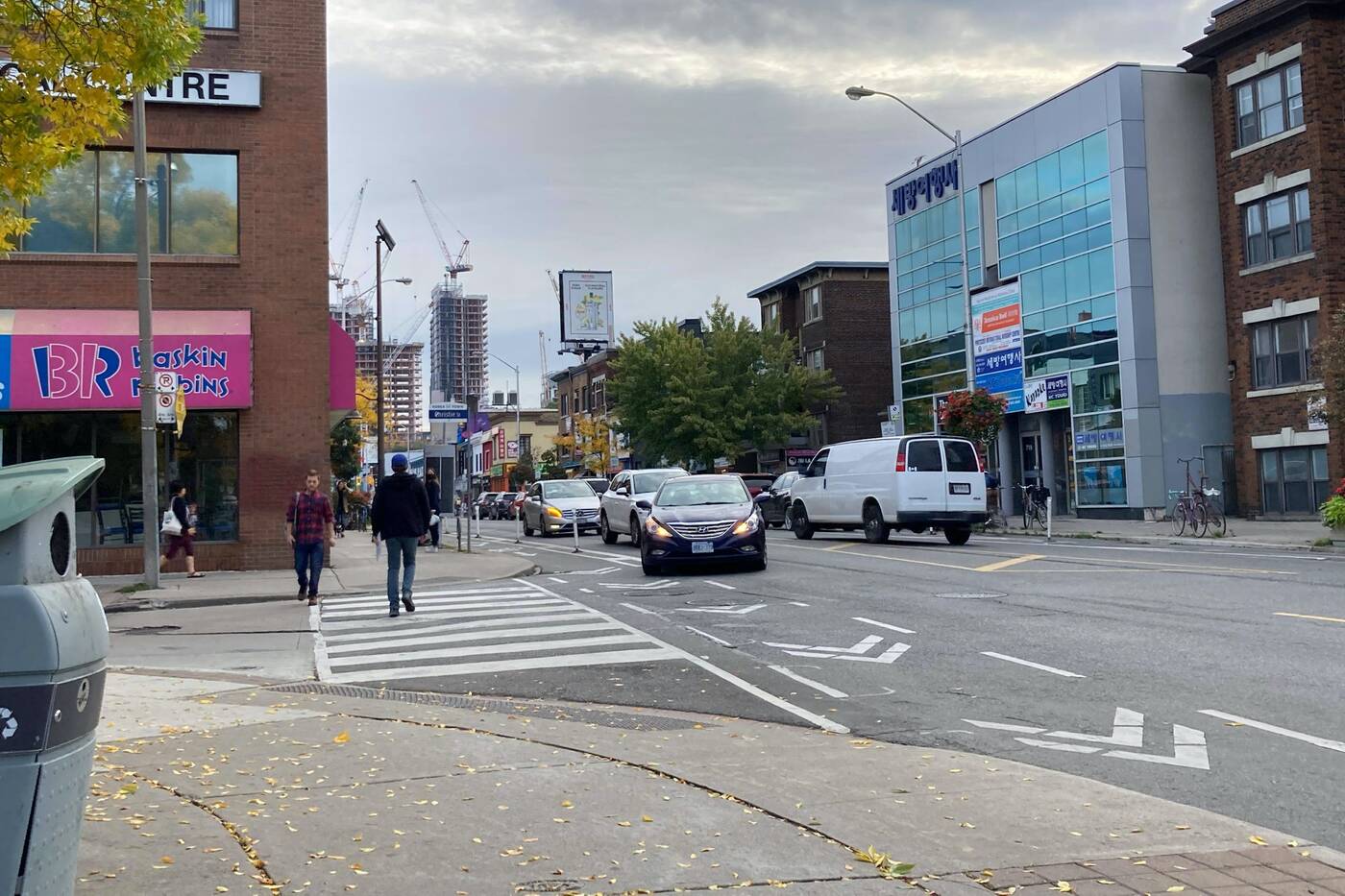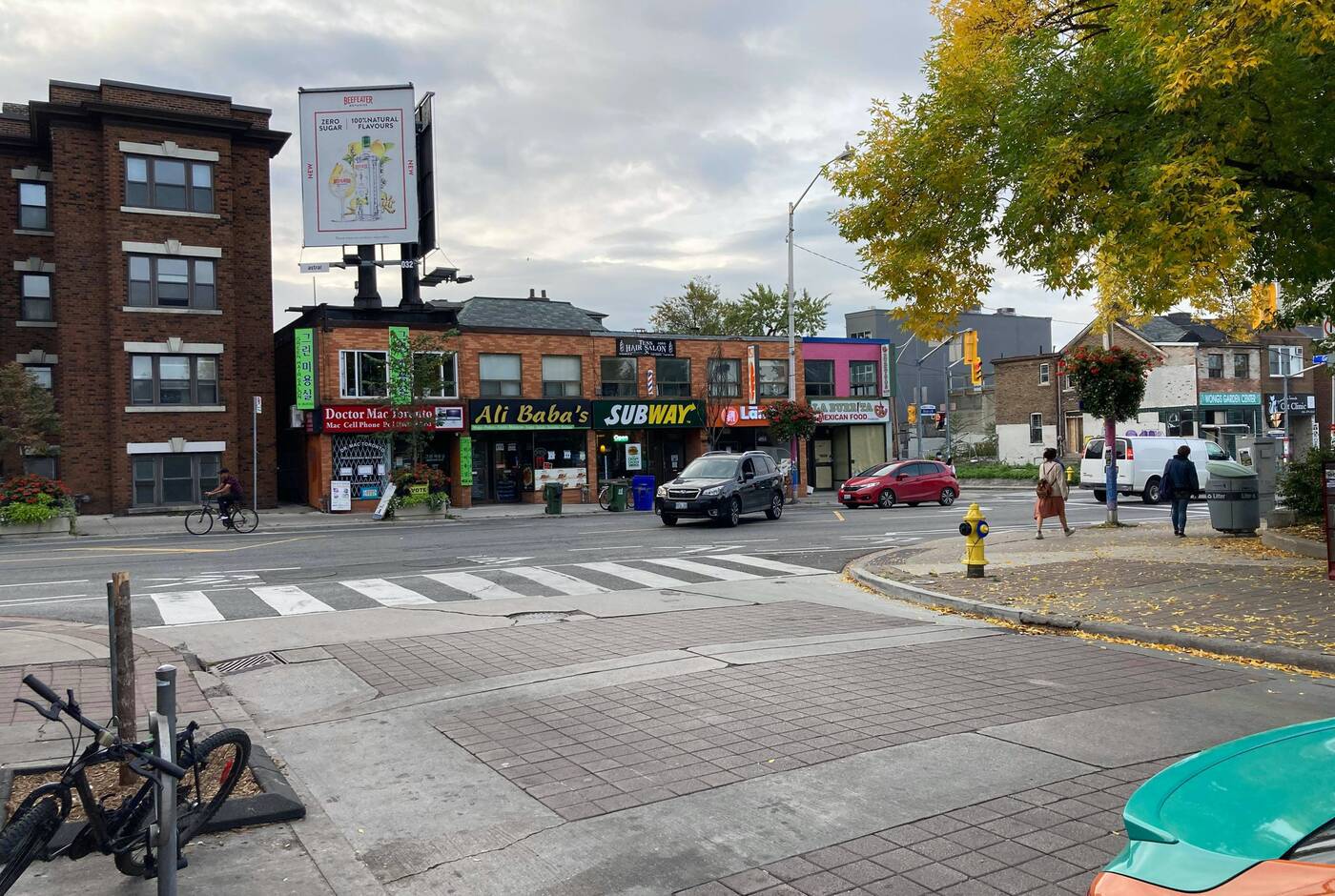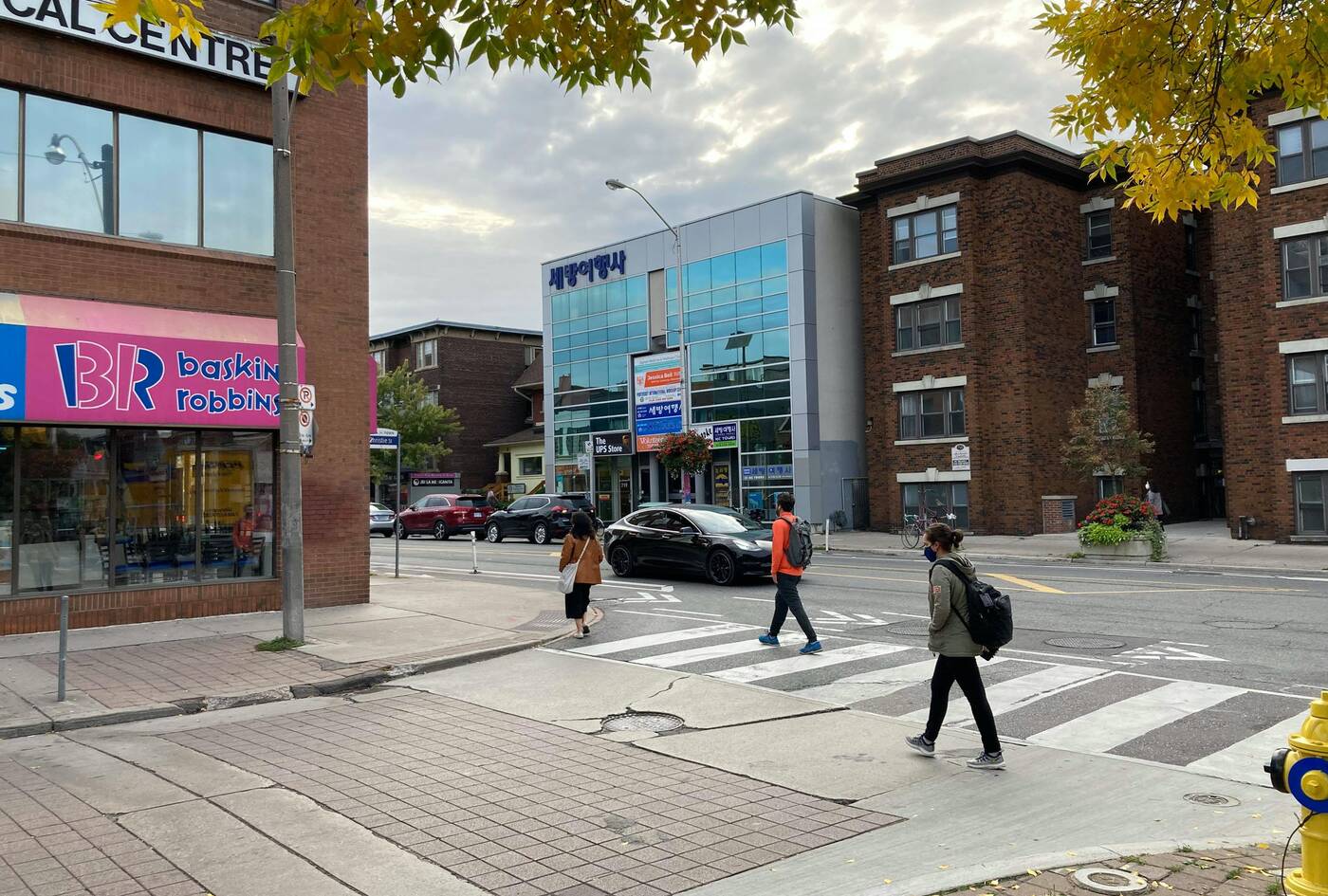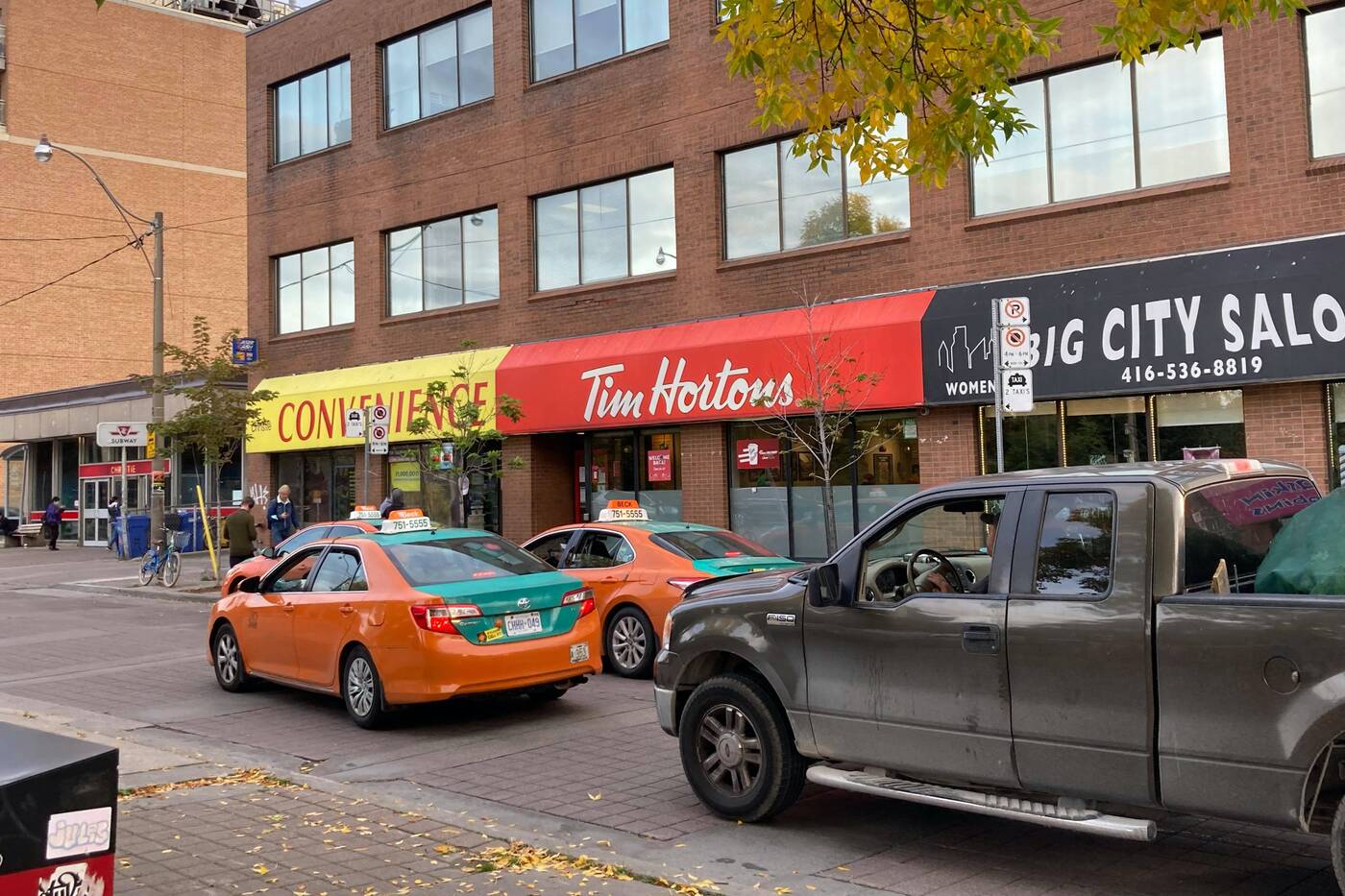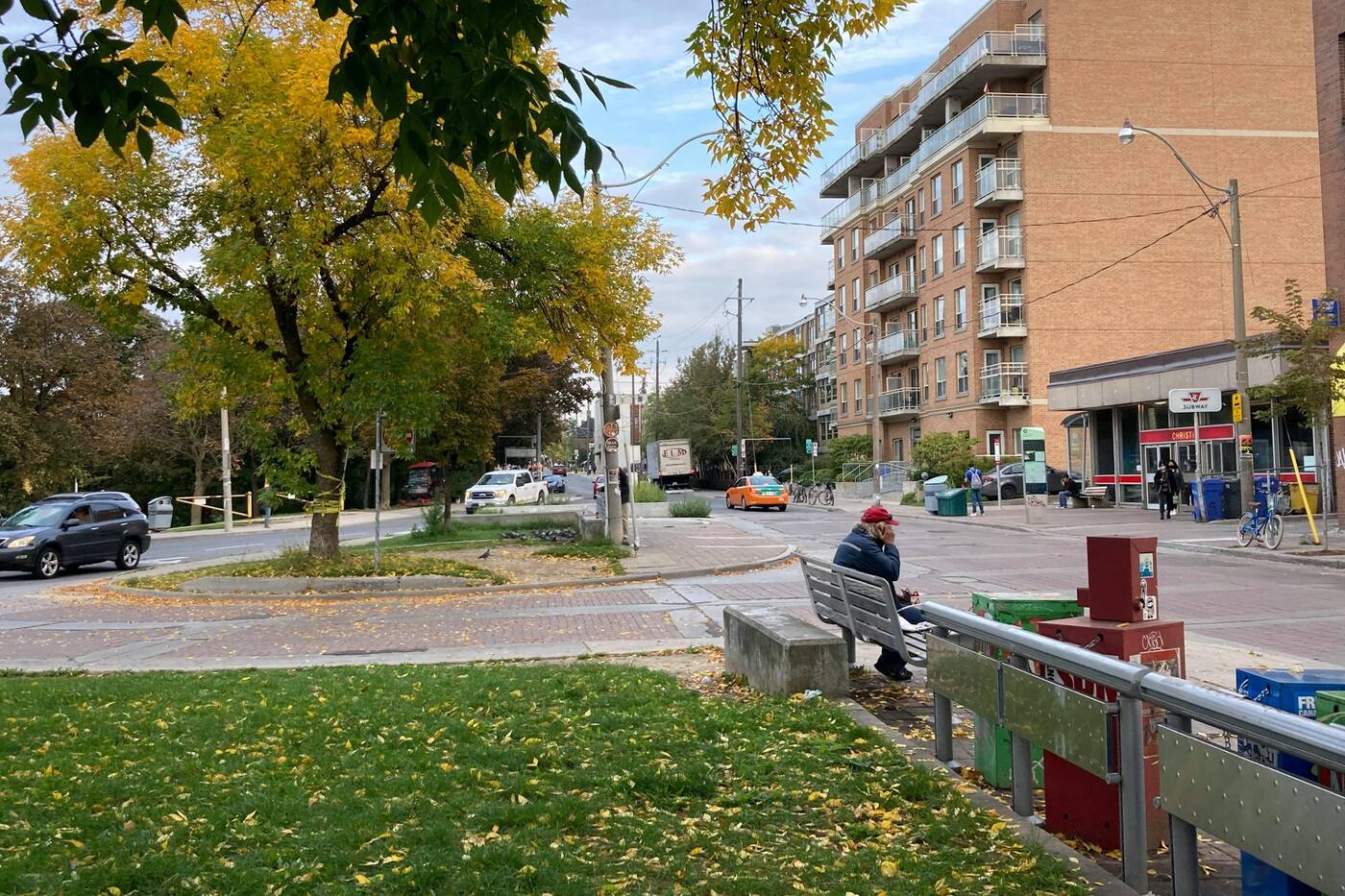The shaming of jaywalking
Even while passing these laws, however, auto industry groups faced a problem: In Kansas City and elsewhere, no one had followed the rules, and they were rarely enforced by police or judges. To solve it, the industry took up several strategies.
One was an attempt to shape news coverage of car accidents. The National Automobile Chamber of Commerce, an industry group, established a free wire service for newspapers: Reporters could send in the basic details of a traffic accident and would get in return a complete article to print the next day. These articles, printed widely, shifted the blame for accidents to pedestrians — signaling that following these new laws was important.
Similarly, AAA began sponsoring school safety campaigns and poster contests, crafted around the importance of staying out of the street. Some of the campaigns also ridiculed kids who didn't follow the rules — in 1925, for instance, hundreds of Detroit school children watched the "trial" of a 12-year-old who'd crossed a street unsafely, and, as Norton writes, a jury of his peers sentenced him to clean chalkboards for a week.
This was also part of the final strategy: shame. In getting pedestrians to follow traffic laws, "the ridicule of their fellow citizens is far more effective than any other means which might be adopted," said E.B. Lefferts, the head of the Automobile Club of Southern California in the 1920s. Norton likens the resulting campaign to the anti-drug messaging of the anti-drug messaging of the '80s and '90s, in which drug use was portrayed as not only dangerous but stupid.
Auto campaigners lobbied police to publicly shame transgressors by whistling or shouting at them — and even carrying women back to the sidewalk — instead of quietly reprimanding or fining them. They staged safety campaigns in which actors dressed in 19th-century garb, or as clowns, were hired to cross the street illegally, signifying that the practice was outdated and foolish. In a 1924 New York safety campaign, a clown was marched in front of a slow-moving Model T and rammed repeatedly.
This strategy also explains the name that was given to crossing illegally on foot: jaywalking. During this era, the word "jay" meant something like "rube" or "hick" — a person from the sticks, who didn't know how to behave in a city. So pro-auto groups promoted use of the word "jay walker" as someone who didn't know how to walk in a city, threatening public safety.
At first, the term was seen as offensive, even shocking. Pedestrians fired back, calling dangerous driving "jay driving."
But jaywalking caught on (and eventually became one word). Safety organizations and police began using it formally, in safety announcements.
Ultimately, both the word jaywalking and the concept that pedestrians shouldn't walk freely on streets became so deeply entrenched that few people know this history. "The campaign was extremely successful," Norton says. "It totally changed the message about what streets are for."




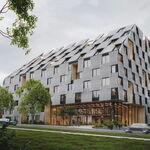

:format(webp):no_upscale()/cdn.vox-cdn.com/uploads/chorus_asset/file/2936360/82104296.0.jpg)
:format(webp):no_upscale()/cdn.vox-cdn.com/uploads/chorus_asset/file/2934014/518a6cedb3fc4bb6e600001c_the-moscow-affair_grim_reaper-1000x493.0.jpg)
:format(webp):no_upscale()/cdn.vox-cdn.com/uploads/chorus_asset/file/2936366/2695814.0.jpg)
:format(webp):no_upscale()/cdn.vox-cdn.com/uploads/chorus_asset/file/2934274/Screen_Shot_2015-01-14_at_5.20.03_PM.0.png)
:format(webp):no_upscale()/cdn.vox-cdn.com/uploads/chorus_asset/file/2936404/jaywalking-double.0.jpg)
